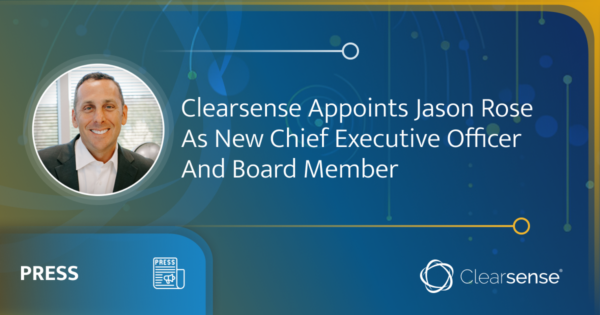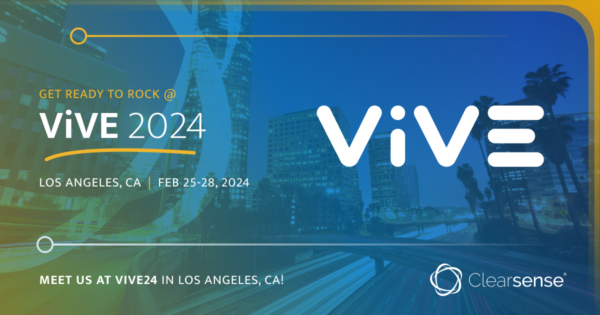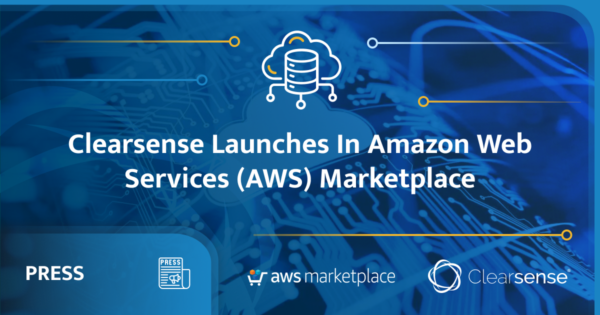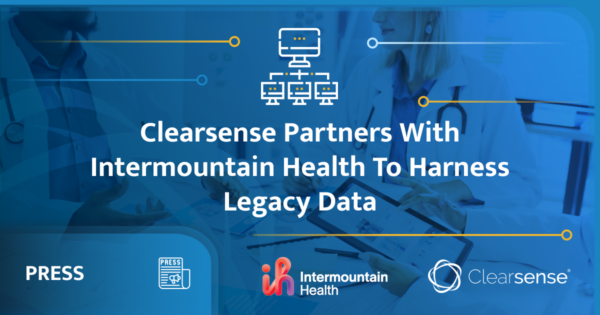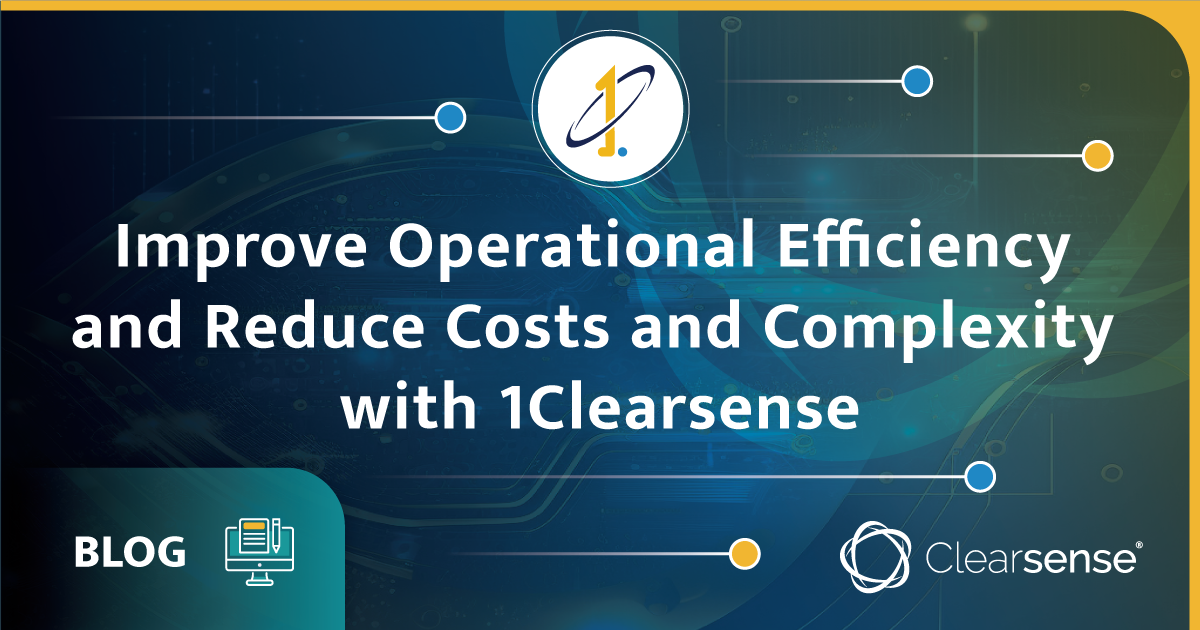
The world of patient-centric and value-based care is changing rapidly. According to the American Medical Association, America’s health spending increased by almost 10% in 2020 due to the management of the pandemic and staffing challenges. The outlook in the past calendar year hasn’t been optimistic for many in healthcare, showcasing a tremendous need for technology that aligns with financial strategies — not burden organizations with long roads to ROI.

Healthcare is at a crossroads, and both at ViVE and HIMMS, the shift in content signals the importance of technology, reducing costs and heightening patient outcomes. And it’s no wonder — with more care organizations facing deep financial losses, all are hoping to dig out from the pandemic as soon as possible.
A 2022 American Hospital Association report indicated that in 2022, margins would continue to decrease by almost 40%, complicating the already profound losses that many hospitals are facing — and the healthcare landscape even further.
“Ultimately, U.S. hospitals are likely to face billions of dollars in losses in 2022 under both optimistic and pessimistic models, which would result in the most difficult year for hospitals and health systems since the beginning of the pandemic with no foreseeable federal support.” (American Hospital Association)
To stop the financial bleed, many CIOs and hospital leaders are looking to ROI-forward investments that reduce costs and efficiently optimize the bottom line. That’s exactly where 1Clearsense comes in.
Recommended Content
What is 1Clearsense?
The 1Clearsense Data Management Platform is a business-driven, secure, and scalable platform that ingests, aggregates, conforms, and manages enterprise data allowing users insight to consume and leverage the data to make informed real-time decisions.
“With the ability to leverage data from disparate systems across the organization, 1Clearsense’s data-first approach eliminates assumptions and replaces them with a single source of trusted data. It is an end-to-end, configurable data platform that helps organizations collect, store, analyze, and share data. The platform is designed to integrate complex data sources, including structured, semi-structured, and unstructured data, from different areas and systems across the organization. 1Clearsense provides a unified view of data, making it easier for users to access, research, and analyze the information they need.” – Randy Fusco, Chief Technology Officer, Clearsense

Reducing Costs = Reducing Fraud + Elevating Efficiency
One of the biggest advantages of 1Clearsense for healthcare claims processing is that it can help reduce costs. By automating many of the manual processes involved in claims processing, healthcare organizations can reduce the amount of time and resources required to process claims. This can help reduce staffing costs, as fewer employees are needed to manage the claims process.
Healthcare claims processing can be a time-consuming and error-prone process. 1Clearsense helps improve operational efficiency by automating many of the manual processes involved in claims processing. For example, 1Clearsense uses AI and machine learning algorithms to automatically identify and flag claims that are likely to be rejected or require further review. This can help reduce the time it takes to process claims and improve the accuracy of claims processing.
In addition, 1Clearsense helps identify potential fraud and abuse in the claims process, which can help prevent unnecessary payouts and reduce costs. By analyzing large amounts of data from various sources, a data platform can identify patterns of fraud and abuse that may be difficult to detect manually.
Fixing Complex Claims
One of the most challenging aspects of healthcare claims processing is dealing with complex claims. These are claims that involve multiple services or providers, making them difficult to process and potentially lead to errors and delays. 1Clearsense and its subject matter experts can help fix complex claims by providing a unified view of the data and applying business rules, making it easier to identify patterns and trends.
Why 1Clearsense Elevates Value-Based Care
Value-based Care is a healthcare delivery model that prioritizes improving patient outcomes while simultaneously reducing healthcare costs. 1Clearsense can play a critical role in assisting with value-based care by providing a comprehensive, real-time view of patient health data, which can help providers make better-informed decisions, track patient progress, and identify opportunities for improvement.
DID YOU KNOW?
1Clearsense analyzes claims data to identify the most common reasons for claim rejections or denials. This information can then be used to develop automated rules and workflows that help prevent these errors from occurring in the future. In addition, 1Clearsense identifies claims that require additional review, allowing healthcare organizations to prioritize their resources and focus on the most complex and high-value claims.
Here are a few specific ways in which 1Clearsense can assist with value-based care:
- Data aggregation: By consolidating information from electronic health records (EHRs), medical claims, and patient-generated health data (PGHD) from wearables and other monitoring devices in one place, providers can get a complete picture (data transparency) of a patient’s health status and can identify any gaps in care.
- Risk stratification: Providers can identify patients who are at the highest risk for poor health outcomes or high healthcare costs with interventions and resources equipping facilities, providers, and payors with better outcomes.
- Care coordination: Better care and coordination among different healthcare providers and care teams ensure patients receive coordinated, integrated care across different settings and providers.
- Performance monitoring: Allows providers to track and monitor their performance on key quality metrics, such as patient outcomes, readmission rates, and cost savings, helping providers identify areas where they need to improve and make data-driven decisions to optimize patient care and outcomes.
- Patient engagement: Engages patients in their own care by equipping them with access to their health data and enabling them to track their progress and communicate with their care team, improving patient satisfaction and helping patients take a more active role in managing their own health.
1Clearsense eliminates rising costs and workload while elevating data transparency—all while empowering executives, business owners, clinicians, IT, and data scientists to make better decisions.








